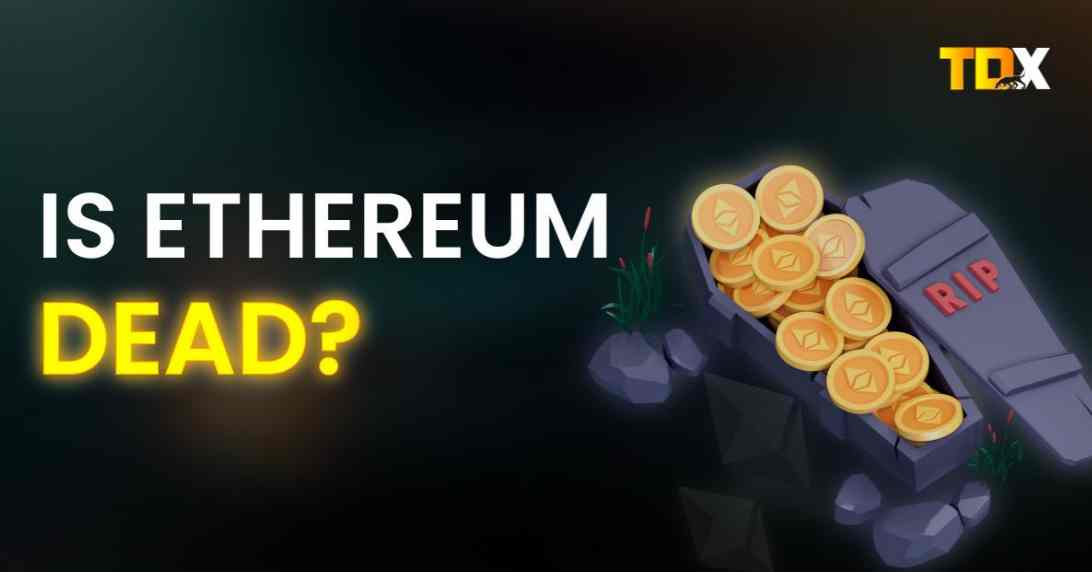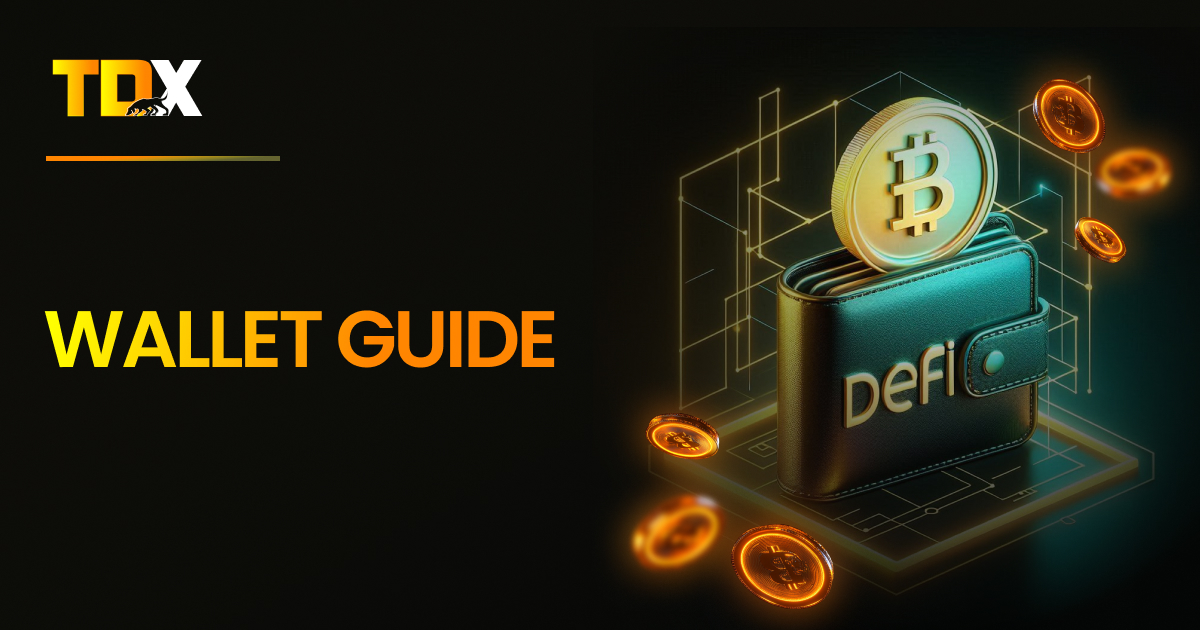 Back to blog
Back to blog


Tokenomics 101: The Economics Behind Successful Cryptocurrencies
Cryptocurrencies are reshaping finance, largely due to the principles of tokenomics. At its core, tokenomics assesses how elements like token supply, maximum token supply, and circulating supply influence a cryptocurrency’s value and market trends. For investors and token holders, grasping the impact of governance tokens, token allocations, and token burns is vital for informed decision-making. The interplay between fixed supply models and supply and demand characteristics is key to understanding token price.
This article will break down these concepts, offering a straightforward guide to the economic forces that drive successful cryptocurrencies. Read on to find out more!

What Is Crypto Tokenomics and Why Does it Matter?
Crypto tokenomics is the study of the economic systems underlying cryptocurrencies. It encompasses various factors that influence the creation, distribution, and management of digital tokens. A key component of tokenomics is understanding how the token supply and maximum token supply affect the overall value and utility of a cryptocurrency. For example, Bitcoin’s fixed supply of 21 million coins plays a significant role in its market behavior and perceived value over time.
Token allocations refer to how tokens are distributed among different stakeholders, including developers, early investors, and the community. This allocation impacts the incentives and motivations of these groups, which in turn influences the project’s success. For instance, a well-balanced token allocation can encourage active participation from token holders, enhancing the network’s security and functionality.
The circulating supply is another crucial aspect of tokenomics. It denotes the number of tokens that are currently available for trading in the market. A higher circulating supply could lead to a lower token price if demand doesn’t keep pace. Conversely, mechanisms like token burns, where tokens are permanently removed from circulation, can increase scarcity and potentially drive up the token’s value.
Governance tokens are tokens allocated to grant holders voting rights within a blockchain project, allowing them to influence decisions such as protocol upgrades and financial management. This democratic approach can help align the interests of the community and developers, fostering a more sustainable ecosystem.
Tokenomics also involves analyzing supply and demand characteristics. Tokens with a fixed supply tend to have different market dynamics compared to those with elastic supplies. Projects must carefully balance these aspects to maintain a stable and appealing token economy.
Understanding crypto tokenomics is essential for investors and enthusiasts as it provides insights into the sustainability and potential growth of a cryptocurrency. Comprehensive knowledge of these factors can guide informed investment decisions and foster a deeper appreciation of the digital asset landscape.
How to Properly Compile Tokenomics of Crypto Projects?
Understanding and compiling the tokenomics of a crypto project is crucial for assessing its potential success and sustainability. And as with so many things in crypto, everything comes to doing your own research. Here’s a step-by-step guide to help you effectively analyze these economic principles:
Define Token Supply and Maximum Token Supply
Start by identifying the total number of tokens that will ever be created (maximum token supply) and those currently in circulation (token supply). This data helps evaluate scarcity and potential price dynamics. For example, Bitcoin’s fixed supply is a critical factor in its valuation. You can find such data on platforms like CoinMarketCap.
Evaluate Token Allocations
Examine how tokens are distributed among stakeholders such as developers, investors, and community members. A fair and strategic token allocation can align interests and incentivize participation. Projects often outline these details in their whitepapers or official documentation.
Assess Circulating Supply
The circulating supply refers to the number of tokens available for trading. It’s a pivotal factor that, when compared with demand, can influence the token price. A lower circulating supply with high demand often leads to price appreciation.
Analyze Token Value and Price Dynamics
Understanding factors that affect token value, such as utility, adoption, and market sentiment, can provide insights into the token’s price behavior.
Consider Governance Tokens
If applicable, assess the role of governance tokens, which allow holders to participate in decision-making processes. These tokens often impact how a project evolves and can affect its long-term viability.
Review Fixed Supply and Token Burns
Projects with a fixed supply might implement token burns to reduce the total supply, thereby potentially increasing token value through scarcity. It’s important to understand these mechanisms and their implications on the market.
Examine Supply and Demand Characteristics
Finally, evaluate how the project plans to balance supply and demand. Effective strategies can help stabilize the token price and foster a sustainable economy.
TOP 10 Crypto Projects With Great Tokenomics
Here are ten crypto projects renowned for their robust tokenomics, featuring strategic token supply mechanisms and economic models that offer both stability and growth potential.
- Bitcoin (BTC)
With a capped supply of 21 million coins, Bitcoin’s fixed supply plays a pivotal role in its market cap and intrinsic value. The scarcity created by its halving events and the absence of new tokens ensures long-term demand and stability. Learn more about Bitcoin on CoinMarketCap. - Ethereum (ETH)
Ethereum’s transition to proof of stake (PoS) reduces energy consumption and introduces governance tokens that grant voting rights, enhancing network security and community engagement. Its tokenomics focus on validating transactions and smart contracts. Explore Ethereum’s tokenomics. - Binance Coin (BNB)
Known for its quarterly token burns, BNB effectively reduces its circulating supply, increasing token value over time. Its utility within the Binance ecosystem for transaction fees and decentralized exchanges boosts its demand characteristics. Check BNB’s metrics. - Cardano (ADA)
Emphasizing a scientific approach to blockchain, Cardano uses a proof of stake (PoS) model to ensure scalability and network security. Its token allocations are designed to validate transactions efficiently while rewarding token holders. Discover Cardano’s structure. - Solana (SOL)
With lightning-fast transaction speeds and low fees, Solana’s tokenomics support high throughput and scalability. The token’s value is driven by its utility in supporting decentralized applications and smart contracts. Learn about Solana’s advantages. - Polkadot (DOT)
By facilitating interoperability among different blockchains, Polkadot’s tokenomics incorporate a capped supply and staking mechanisms. Governance tokens allow the community to influence the project’s direction. Explore Polkadot’s features. - Chainlink (LINK)
As a leading oracle service, Chainlink’s tokenomics focuses on rewarding nodes for providing reliable data to smart contracts. The limited supply and demand for its services maintain a stable token price. Understand Chainlink’s model. - Ripple (XRP)
Primarily used for cross-border payments, XRP’s tokenomics involve a controlled release of tokens, maintaining liquidity without flooding the market. Its utility in real-world applications enhances its cryptocurrency value. Check out Ripple’s impact. - Tezos (XTZ)
With a focus on on-chain governance, Tezos allows token holders to propose and vote on network upgrades. Its self-amending blockchain reduces the risk of forks, stabilizing the token’s circulating supply. Learn about Tezos’ governance. - Avalanche (AVAX)
Known for its high throughput and low latency, Avalanche employs a unique consensus mechanism that supports scalability and network security. Its tokenomics ensure that the token’s supply decreases over time through staking and rewards. Explore Avalanche’s ecosystem.
Each of these projects exemplifies how well-designed tokenomics can drive a crypto project’s health and long-term success. By analyzing these models, investors can make informed decisions, avoiding pump-and-dump schemes while capitalizing on the intrinsic value offered by strong economic frameworks.
Conclusion
Understanding tokenomics is crucial for navigating the cryptocurrency landscape. Key aspects like token supply, maximum token supply, and token allocations help determine a crypto asset’s value and potential. Governance tokens grant voting rights, enhancing community engagement, while the circulating supply and token burns influence token price and scarcity.
Analyzing supply and demand characteristics aids in understanding a crypto token’s utility and market dynamics. By considering these elements, investors can better assess a crypto project’s health and potential for long-term success in the evolving digital currency world.
40,000 readers 🚀 are getting insights with our media
 Read on Medium
Read on Medium 

Article
“Is Ethereum dead?” This is a trending argument that is appearing in various crypto communities and media. Which is not…


Guide
Welcome to the beginner’s guide on Trust Wallet, MetaMask, and Exodus—three most common cryptocurrency wallets for managing your crypto assets….


Article
When Venezuela’s inflation hit 189.8% in 2023 [Central Bank of Venezuela, 2023], Maria’s life savings of 200 million bolivars (enough…


Article
For generations, Indians have trusted one investment: fixed deposits (FDs). If you walk into any Indian household, chances are someone…


